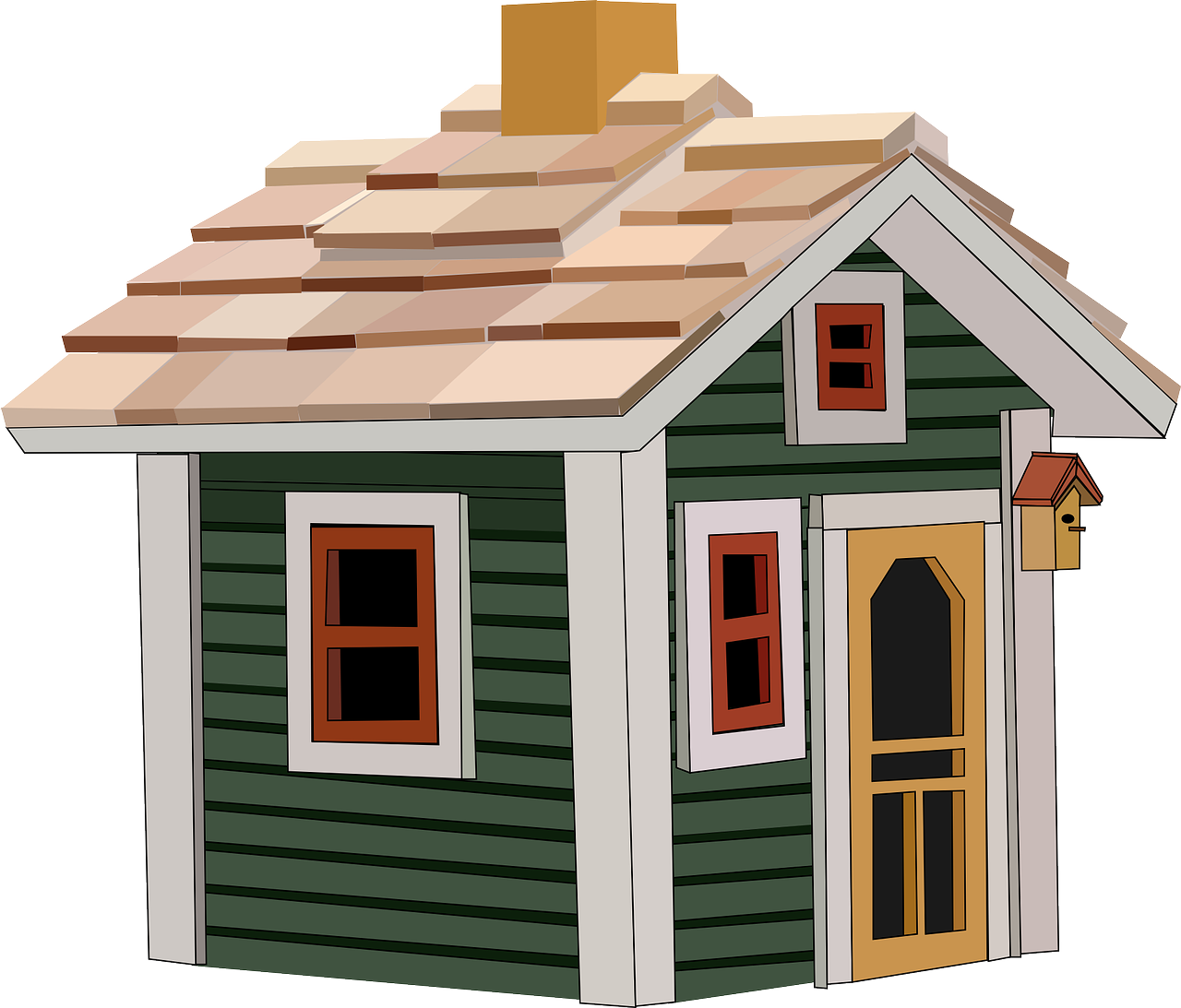
DIY is big these days. People enjoy saving money, doing things for themselves and learning new skills. It’s also an activity some can enjoy as a family, as long as the little ones are kept safe! Working with chemicals and DIY tools can help to teach a sense of responsibility but is also unquestionably dangerous for inexperienced hands.
How can you avoid damaging you or your family’s health as you embark on new DIY projects? There are a few things you can do, starting with keeping the most vulnerable people and pets protected. You’ll want to keep sensitive areas protected, as well, to not jeopardize your future health.
- Protect sensitive people
First things first, identify the people with comparatively fragile health who you need to pay special attention to as you move forward with your DIY project. This usually includes people with respiratory or skin issues as well as the young and elderly, who are especially at risk if they don’t fully understand the scope of the project and what is to be undertaken.
As a first precaution, make sure to inform everyone of the plan, in detail. Keep everyone up to date with what you’re doing in each room, what cannot be touched and what is dangerous to people’s health. Being well informed is the first step to being safe, plus you will all be less stressed out if you know what to expect and can plan for all possible outcomes.
Put up signs to keep family members out of dangerous areas, and cordon rooms off where necessary. When you’re doing work that leaves inhalable particles in the air, try to get everyone out of the house for the day. This way, you’ll avoid coughing fits and other health issues.
- And sensitive areas for that matter
There are also some areas of the home that you’ll want to protect as much as you possibly can. The most important ones are the kitchen and the garden. The space you use to prepare food and eat should be kept separated from airborne particles by curtains or other separators. Put up signs for people to wash their hands more often.
The garden also needs protecting during DIY projects to make sure it can flower and bloom properly in the future. You can either cover soil and plants with tarp, or make a good seal on the openings of the room you’re working in to make sure nothing gets out.
When at all possible, keep an area of the house or a series of rooms completely free of DIY debris. This means no measuring tapes, construction dust, nothing! Make sure you can come into some rooms and completely relax without worrying about the next stage of your project. It’s crucial to you and your family’s sanity.
- Keep yourself safe, too
This means protecting yourself and preparing correctly for the project you have envisioned. This has a number of different dimensions. You need to protect yourself physically, psychologically and financially! The first step is to do some proper preparation: make a plan with the expected cost to you and your family. There are guides to such things online, like this one.
Once your plan is made, you can prepare accordingly. This may mean buying protective clothing, taking the time to clean and setting up the area you’ll be working in. You might want to do some strengthening or stretching exercises to prepare your muscles for the hard labour if you’re not used to it.
While the project is underway, make sure you keep perspective and allow yourself some slack so as to not become too stressed out. Making changes can mean stress expressing itself in sometimes unexpected ways. Protect yourself by managing your time and expectations – keep your regular schedule as much as possible and make sure you’re doing everything you need to do to be happy before the stress creeps up on you!